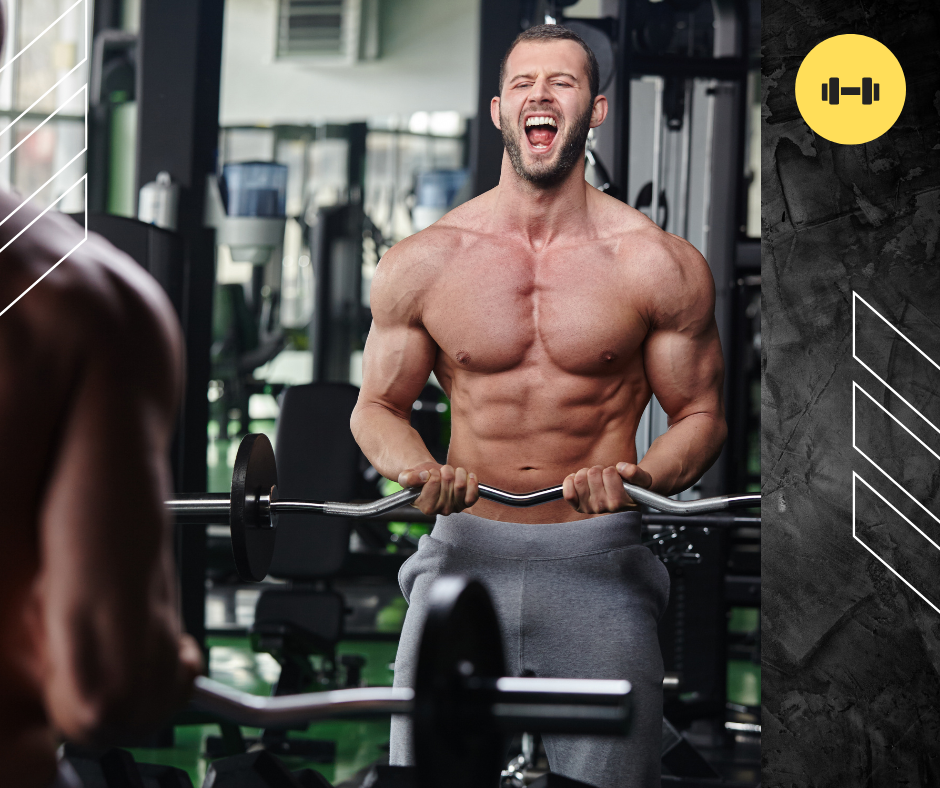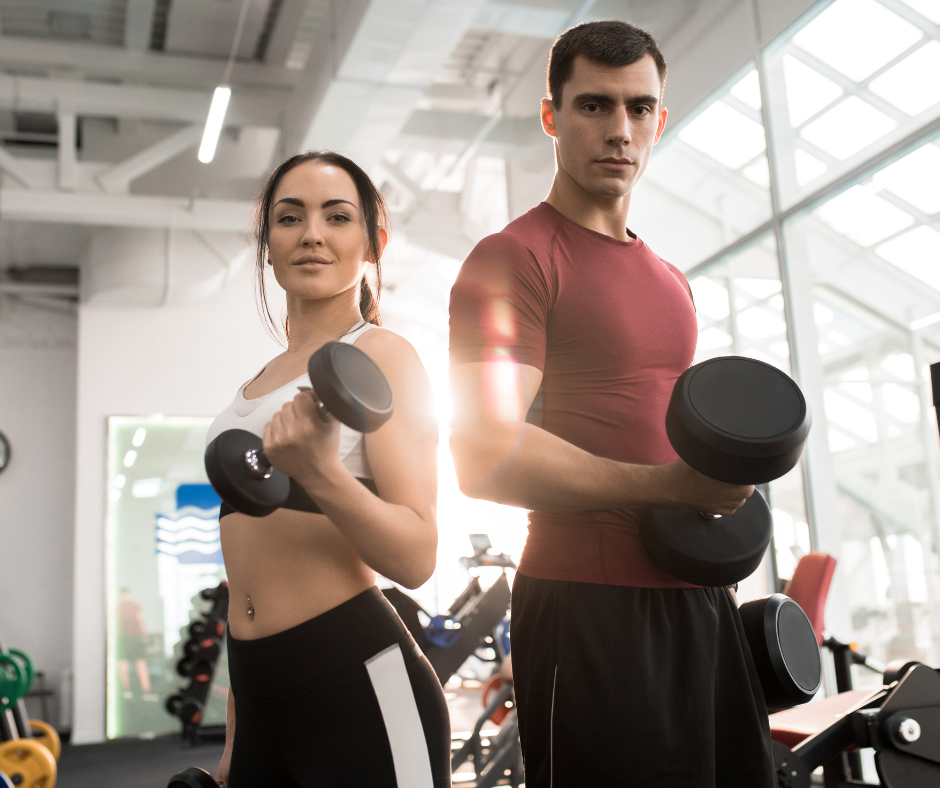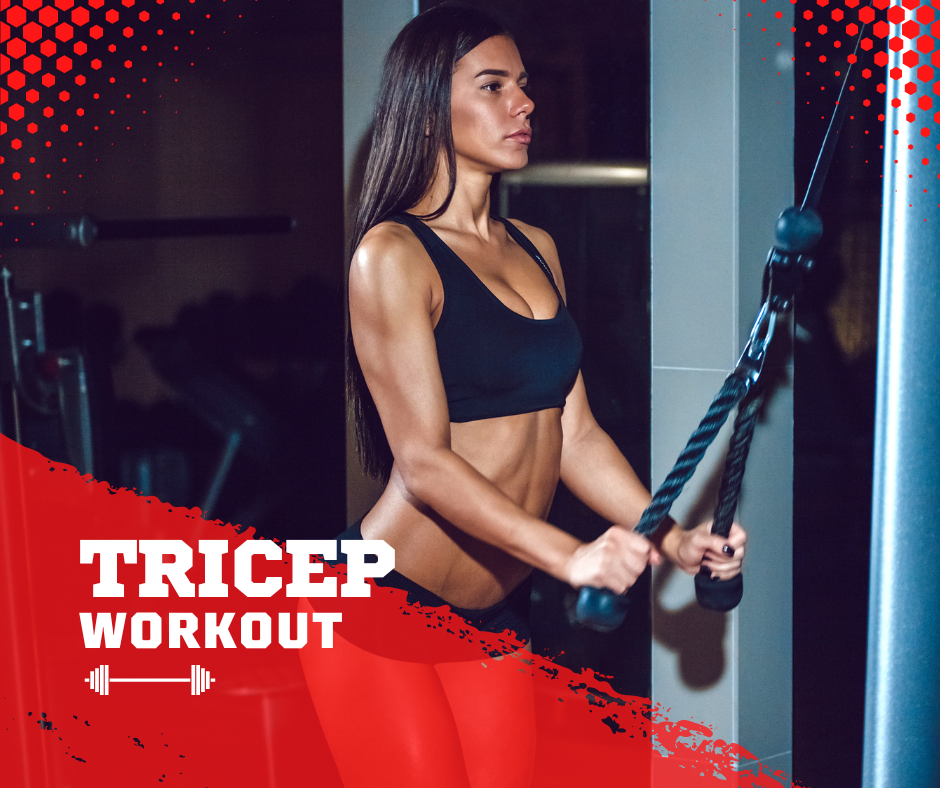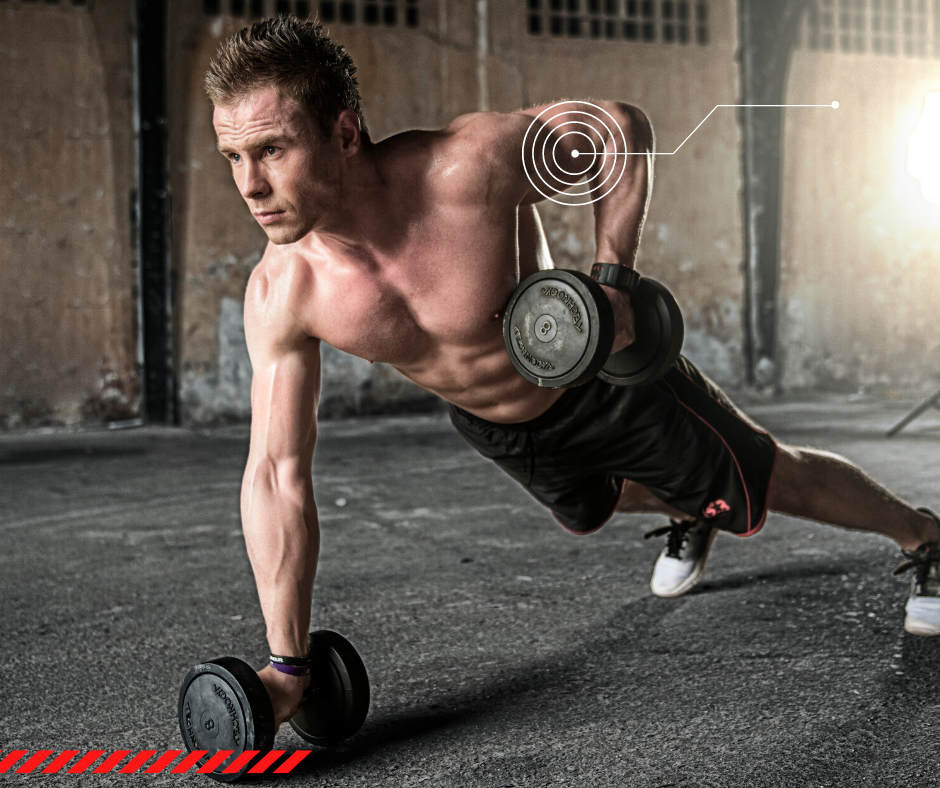
Ever looked in the mirror and wished your arms were bigger and stronger? Well, you’re not alone. Stronger arms aren't just about aesthetics; they also play a crucial role in overall fitness and functional strength. Whether you're lifting groceries or performing daily tasks, having powerful arms makes everything easier. Gym Workouts for Bigger Plus, let’s face it, well-defined arms look impressive!
Warm-Up Exercises
Warming up is a non-negotiable part of any workout. It prepares your muscles for the intense activity ahead and reduces the risk of injuries.
Importance of Warming Up: A proper warm-up increases blood flow to the muscles, enhances flexibility, and improves your overall performance during the workout.
Recommended Warm-Up Routines: Start with 5-10 minutes of light cardio, such as jogging or cycling. Follow this with dynamic stretches like arm circles, shoulder rolls, and wrist rotations.
Understanding Arm Anatomy

Before diving into the workouts, it’s essential to understand the anatomy of your arms. This knowledge helps in targeting the right muscles and maximizing your workout efficiency.
Biceps: The biceps, located at the front of your upper arm, are responsible for the flexion of the elbow and the rotation of the forearm. They're the muscles you show off when you flex your arms.
Triceps: The triceps are situated at the back of your upper arm. These muscles are crucial for the extension of the elbow, making them essential for pushing movements.
Forearms: The forearms consist of numerous smaller muscles responsible for wrist and finger movements. Strong forearms improve grip strength, which is vital for various exercises.
Bicep Workouts

Barbell Curls: Barbell curls are a classic exercise for building bicep mass. Stand with your feet shoulder-width apart, hold a barbell with an underhand grip, and curl it towards your chest while keeping your elbows stationary.
Dumbbell Curls: Dumbbell curls allow for a greater range of motion compared to barbell curls. Perform these by holding a dumbbell in each hand and curling them simultaneously or alternately.
Hammer Curls: Hammer curls target the brachialis, a muscle located beneath the biceps, giving your arms a thicker appearance. Hold the dumbbells with a neutral grip (palms facing each other) and curl them as you would with standard dumbbell curls.
Tricep Workouts

Tricep Dips: Tricep dips are a bodyweight exercise that targets the triceps effectively. Use parallel bars or a bench, lower your body by bending your elbows, and then push yourself back up.
Skull Crushers: Skull crushers isolate the triceps and are performed lying on a bench with a barbell or dumbbells. Lower the weight towards your forehead and then extend your arms back to the starting position.
Tricep Pushdowns: Using a cable machine, tricep pushdowns involve pushing a bar or rope attachment down towards your thighs, fully extending your arms at the bottom.
Forearm Workouts
Wrist Curls: Wrist curls focus on the flexor muscles of the forearms. Sit on a bench, hold a barbell with an underhand grip, and curl your wrists upwards.
Reverse Wrist Curls: Reverse wrist curls target the extensor muscles. Perform these with an overhand grip, curling your wrists upwards.
Farmer's Walk: The farmer's walk improves grip strength and forearm endurance. Hold heavy dumbbells or kettlebells at your sides and walk for a set distance or time.
Compound Exercises for Arms
Pull-Ups: Pull-ups engage multiple muscle groups, including the biceps and forearms. Use a pull-up bar, grip it with your palms facing away, and pull yourself up until your chin is above the bar.
Chin-Ups: Chin-ups are similar to pull-ups but with an underhand grip, placing more emphasis on the biceps.
Bench Press: While primarily a chest exercise, the bench press also works the triceps. Perform this with a barbell or dumbbells on a flat bench.
Advanced Arm Workouts

Supersets: Supersets involve performing two exercises back-to-back with no rest in between. For example, follow bicep curls with tricep dips.
Drop Sets: Drop sets involve performing an exercise to failure, then reducing the weight and continuing the set. This method increases muscle fatigue and growth.
Pyramid Sets: Pyramid sets start with lighter weights and higher reps, gradually increasing the weight while decreasing the reps in subsequent sets.
Proper Form and Technique
Importance of Good Form: Maintaining proper form prevents injuries and ensures that the targeted muscles are effectively worked. Always prioritize quality over quantity.
Common Mistakes to Avoid: Avoid using momentum to lift weights, overextending your elbows, and neglecting smaller muscles like the forearms.
Incorporating Arm Workouts into Your Routine
Frequency and Volume: Train your arms 2-3 times a week, allowing at least 48 hours of rest between sessions. Aim for 3-4 sets of 8-12 reps per exercise.
Balancing Arm Workouts with Other Exercises: Ensure a balanced workout routine by incorporating exercises for other muscle groups. This prevents muscle imbalances and overtraining.
Nutrition for Bigger Arms
Protein Intake: Protein is essential for muscle repair and growth. Include lean meats, dairy, eggs, and plant-based proteins in your diet.
Supplements: Consider supplements like whey protein, creatine, and BCAAs to support muscle growth and recovery.
Hydration: Stay hydrated to maintain optimal performance and muscle function. Aim for at least 8 glasses of water a day.
Rest and Recovery
Importance of Rest Days: Rest days are crucial for muscle recovery and growth. Overtraining can lead to injuries and hinder progress.
Tips for Faster Recovery: Incorporate stretching, foam rolling, and adequate sleep into your routine to enhance recovery.
Tracking Progress
Keeping a Workout Journal: Document your workouts, including the exercises, sets, reps, and weights used. This helps in tracking progress and making necessary adjustments.
Measuring Arm Growth: Use a tape measure to track the circumference of your arms. Take measurements every 4-6 weeks to monitor growth.
Common Myths About Arm Training
Spot Reduction Myth: You can't target fat loss in specific areas. Focus on overall fat loss through a combination of diet and exercise.
Light Weights vs. Heavy Weights: Both light and heavy weights have their place in arm training. Mix up your routine to include both for optimal muscle growth.
Conclusion
Gym Workouts for Bigger Building bigger and stronger arms takes time, consistency, and dedication. By incorporating the right exercises, maintaining proper form, and ensuring adequate nutrition and rest, you can achieve impressive results. So, stay committed, track your progress, and enjoy the journey to stronger arms.

